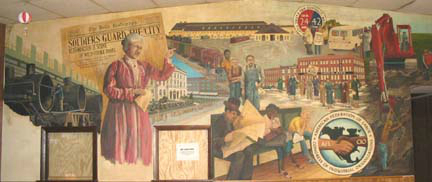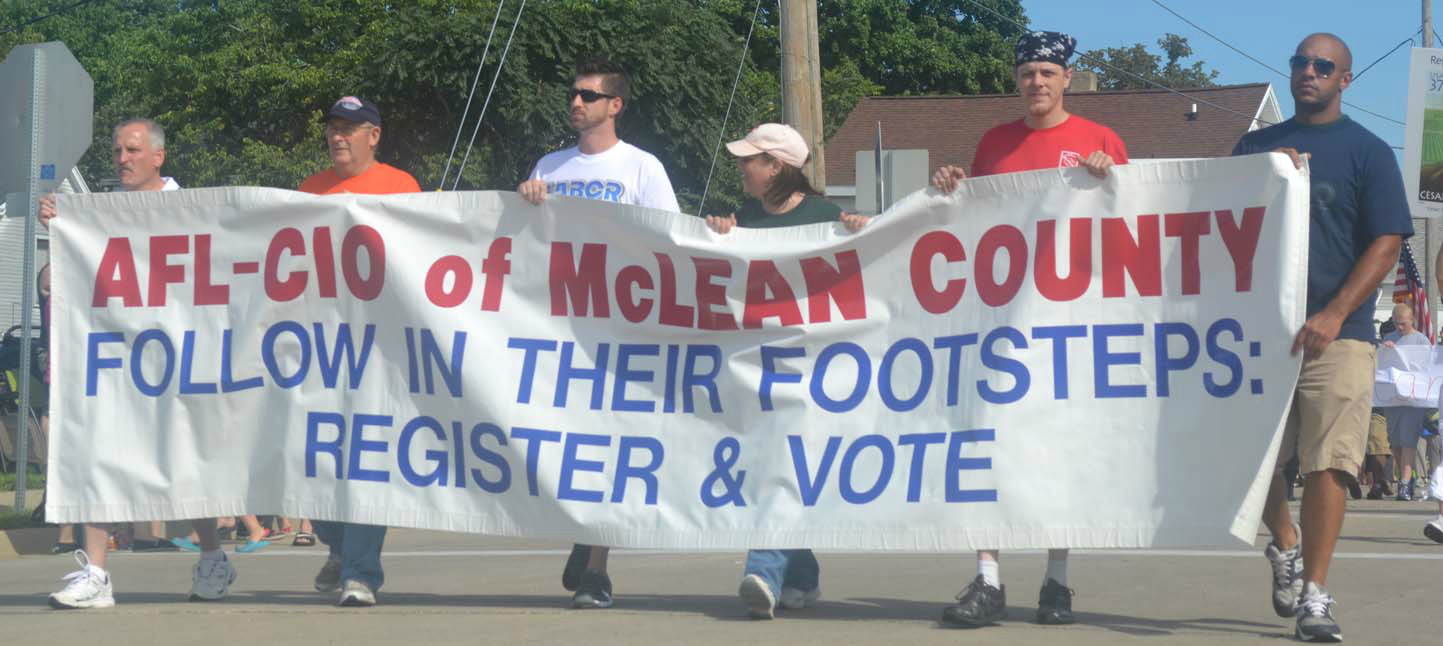|
The American Way of Eating by Tracie McMillan (Simon & Schuster)
Behind the Kitchen Door by Saru Jayaraman (Cornell University Press)
The Chicken Trail: Following Workers, Migrants and Corporations Across the Americas by Kathleen C. Schwartzman(Cornell University Press)
Reviewed by Mike Matejka
We have become a food conscious and an eating out nation. Many Americans are buying organic. We want healthy, pesticide free food. We want happy cows and contented pigs becoming our steaks and chops, raised free range, grazing on grass in idyllic fields, without a hormone injection in sight. We eat out more than ever and restaurants now advertise that they buy local and which farm their food comes from. All of these are healthy trends, but what about the farm worker, meat packer or restaurant worker?
Three recent books deftly explore the hidden faces behind our food trends and their low-income, often dangerous lives. The American Way of Eating by Tracie McMillan, Behind the Kitchen Door by Saru Jayaraman and The Chicken Trail: Following Workers, Migrants and Corporations Across the Americas by Kathleen Schwartzman all expose the unseen underbelly of our food bounty.
In The American Way of Eating young reporter Tracie McMillan goes undercover for a year, working as a California farm worker, a Wal-Mart produce stocker and an Applebee’s employee. She unsuccessfully tries to live off her wages, finding herself chronically short and desperate. From California’s hot sun, where she can’t keep up with experienced farm workers and suffers heat stroke, she realizes that meager wages and seasonal work doom people to poverty. At Wal-Mart she finds food waste and more low wages. She comes to understand that the modern grocery is less a food supply than a distribution system, trying to get the most shelf life it can from product, whatever the nutritional value. At Applebee’s she hustles to learn a job on the line and enjoys her multi-racial work crew, but could not survive without the one free meal offered daily. She finds most of the meals are pre-packaged and frozen, the chefs saying they are not really cooking, but simply reheating.
McMillan’s conclusion might be obvious to many, but that poor people want good nutritious food also -- but low wages, no unions and high stress trap them in a poor nutrition cycle.
Jayaraman, author of Behind the Kitchen Door, was hired after 9/11 to assist New York City workers from Windows on the World, the World Trade Center restaurant that was destroyed that tragic day. This experience led her to help found the Restaurant Opportunities Center, which opened its door to New York City restaurant workers. They were soon overwhelmed with stories of unpaid wages, tips not passed on, unsanitary conditions and abusive bosses.
Jayaraman’s book centers around New York City, where she finds that the front of the restaurant is white, but that the kitchen and preparation areas tend to be black and brown. One worker recounts how he trained numerous other lighter skinned workers, but was chronically denied the opportunity to join them as wait staff.
The Chicken Trail is a very intensely documented story of the impact of NAFTA, anti-union attitudes and corporate consolidation on our food system.
As NAFTA opened the borders, cheap corn from the U.S. flooded the Mexican market. Rural Mexicans lost their state subsidized market for local food production, crossing the border to find work in the U.S. Meat packing plants welcomed them. In the 1980s and 1990s, particularly in the South, African-American workers predominated in meat packing. They began to organize unions. One great mythology of the current immigration debate is that “immigrants take jobs that Americans won’t do.” Schwartzman statistically shows that African-American women were filling those meat packing jobs in the South. However, once they began to organize, meat packers diverted their employment to undocumented workers, leaving both African-Americans and the new immigrants in poverty.
These books, along with the recent strikes by fast food workers in larger cities, raises a good question. We all like that dollar value meal, but do we also want the workers involved to live decently?
The table where we dine is more than fuel -- it is where families and friends gather to reconnect and appreciate each other. As these three books expose, American food workers ares shut out by low wages and overwork from the bounty they help produce.
|



